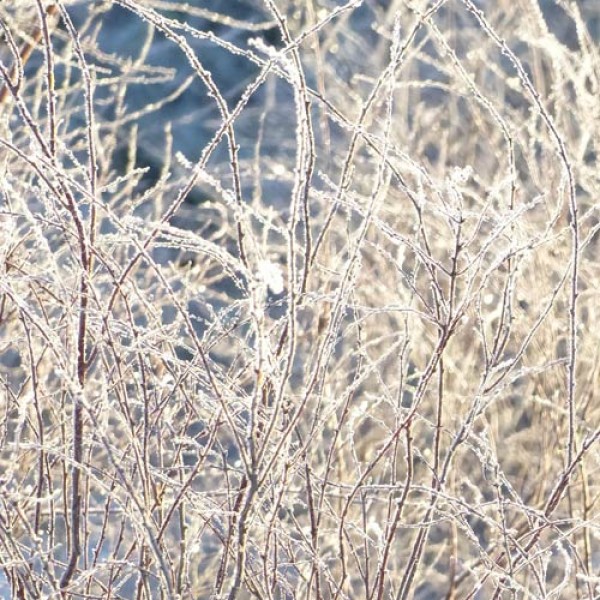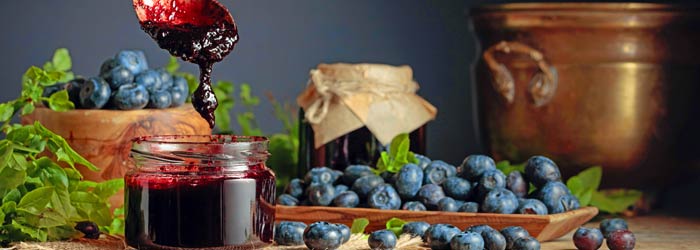Cookie preferences
This website uses cookies, which are necessary for the technical operation of the website and are always set. Other cookies, which increase the comfort when using this website, are used for direct advertising or to facilitate interaction with other websites and social networks, are only set with your consent.
Configuration
Technically required
These cookies are necessary for the basic functions of the shop.
"Allow all cookies" cookie
"Decline all cookies" cookie
CSRF token
Cookie preferences
Currency change
Customer-specific caching
Individual prices
PayPal payments
Saves accessibility settings
Selected shop
Session
Comfort functions
These cookies are used to make the shopping experience even more appealing, for example for the recognition of the visitor.
Matches only with "acrisCookie"
Note
Statistics & Tracking
AWIN Affiliate Marketing
Affiliate program
Google Analytics / AdWords
Track device being used

Even if it is still snowing or freezing outside, you can - if you can`t wait - grow the first... more
Gardening in January
Even if it is still snowing or freezing outside, you can - if you can`t wait - grow the first early vegetables indoors. Early varieties of kohl rabi or lettuce, spring onions and rocket are suitable for this. But also vegetables with a very long ripening time, such as tropical chilli varieties (especially those from the Caribbean or India) or southern Italian tomato varieties can be started early at the end of January. It should be noted that the onion and lettuce varieties do well with cool but light windowsills, while kohl rabi seeds like it a little warmer and chilli peppers prefer a warm, moist indoor greenhouse or propagator for germination. From the end of February, the pre-germinated vegetable plants (except chillies and tomatoes) can be moved into a cold frame or even grown outdoors under fleece. In the cold frame, the garden year begins three to four weeks earlier.
There is also a lot to clean up and tidy up in the open air: tomato- and beanpoles, perennial supports, cold frames and greenhouses must be thoroughly cleaned before they are put back into use in the next season. Hygiene is important to ensure that no pathogens and fungal spores attack your plants next year. Poles, supports, glass panes, foil, garden shears, pots and saucers should be scrubbed with hot water and a brush. You only should use detergent if it is biodegradable.
Now in January is also the time to start planning the garden for the next season. It is best to map out your garden once, with a lawn, beds, trees, perennials and seating. Highlight where light goes well and where it is more shady. Look where there are free spaces for vegetables or annual flowers.
Where has something flowering been missing at a particular time last year?
Which vegetables do you want to grow? Think about a suitable crop rotation: especially potatoes and cabbages, but also peas will quickly become sick if they are grown in the same bed every year. Vegetables thrive best in mixed cultivation, for example cabbage with tomatoes or onions between strawberries.
Were there places where the plants did not grow well last year? You may need to add more compost here the following year. You can also spread leaf debris, manure and vegetable waste on the beds, which can be left there until spring to improve the soil.
Would you perhaps like to create new beds or a herb spiral? If you have a large garden and would like to temporarily stop certain flower beds, it is also suitable to spread green manure seeds (alfalfa, phacelia etc.). These improve the soil by enriching it with nitrogen and, in addition, they often bloom beautifully and provide plenty of feeding for bees and other insects.
There is also a lot to clean up and tidy up in the open air: tomato- and beanpoles, perennial supports, cold frames and greenhouses must be thoroughly cleaned before they are put back into use in the next season. Hygiene is important to ensure that no pathogens and fungal spores attack your plants next year. Poles, supports, glass panes, foil, garden shears, pots and saucers should be scrubbed with hot water and a brush. You only should use detergent if it is biodegradable.
Now in January is also the time to start planning the garden for the next season. It is best to map out your garden once, with a lawn, beds, trees, perennials and seating. Highlight where light goes well and where it is more shady. Look where there are free spaces for vegetables or annual flowers.
Where has something flowering been missing at a particular time last year?
Which vegetables do you want to grow? Think about a suitable crop rotation: especially potatoes and cabbages, but also peas will quickly become sick if they are grown in the same bed every year. Vegetables thrive best in mixed cultivation, for example cabbage with tomatoes or onions between strawberries.
Were there places where the plants did not grow well last year? You may need to add more compost here the following year. You can also spread leaf debris, manure and vegetable waste on the beds, which can be left there until spring to improve the soil.
Would you perhaps like to create new beds or a herb spiral? If you have a large garden and would like to temporarily stop certain flower beds, it is also suitable to spread green manure seeds (alfalfa, phacelia etc.). These improve the soil by enriching it with nitrogen and, in addition, they often bloom beautifully and provide plenty of feeding for bees and other insects.
Read, write and discuss reviews... more
Customer evaluation for "Gardening in January"
Write an evaluation
Evaluations will be activated after verification.
Know How and Products
5, 6

Information: The Peito de Moca comes from Brazil and its name means "girl`s breast". It belongs to the Capsicum chinense species and bears numerous small 1.5 x 3.5 cm pointed fruits with a smooth surface on bushes up to 70 cm high....
Content 10 Stück (€0.24 * / 1 Stück)
€2.39 *

Biodegradable seed pots made from biodegradable plastic These seedling pots with draining holes are made from the biodegradable plastics PBAT and PBS that consist of calcium carbonate, sugarcane and rapeseed. Use them to grow and...
Content 15 Stück (€0.73 * / 1 Stück)
€11.00 *

The practical little helpers for plant breeding. Simple and clean. Just add water and you will immediately get a small powerful soil ball. Due to its special nutrient mix it provides your chili seedling with everything it needs for...
Content 20 Stück (€0.21 * / 1 Stück)
€4.19 *

The Romberg professional propagation set offers comprehensive equipment for gardening enthusiasts: 1 manual seeder for convenient seed sowing 1 pricking-out stick 6 stick labels 1 pencil
Content 1 Stück
€4.99 *

Info: Leek `Giant Winter` has a very good winter hardiness and can be harvested from the end of October right through to the middle of March. It is a high performing variety with thick medium length shafts with dark green erect...
Content 50 Stück (€0.05 * / 1 Stück)
€2.39 *

Info: Swiss Chard `Fordhook Giant` was introduced in 1934 and has been a market leader for years. It is bolt resistant and a fine flavoured variety that produces thick, dark green, crisp, crumbled leaves with a broad white rib on...
Content 50 Stück (€0.05 * / 1 Stück)
€2.39 *

Info: There`s no doubt that growing it on the windowsill is a great way for youngsters to learn about germination, but we seem to have forgotten that there`s more to it than skinny white stalks topped with a couple of immature...
Content 500 Stück (€0.00 * / 1 Stück)
€2.39 *
Themes
Viewed








